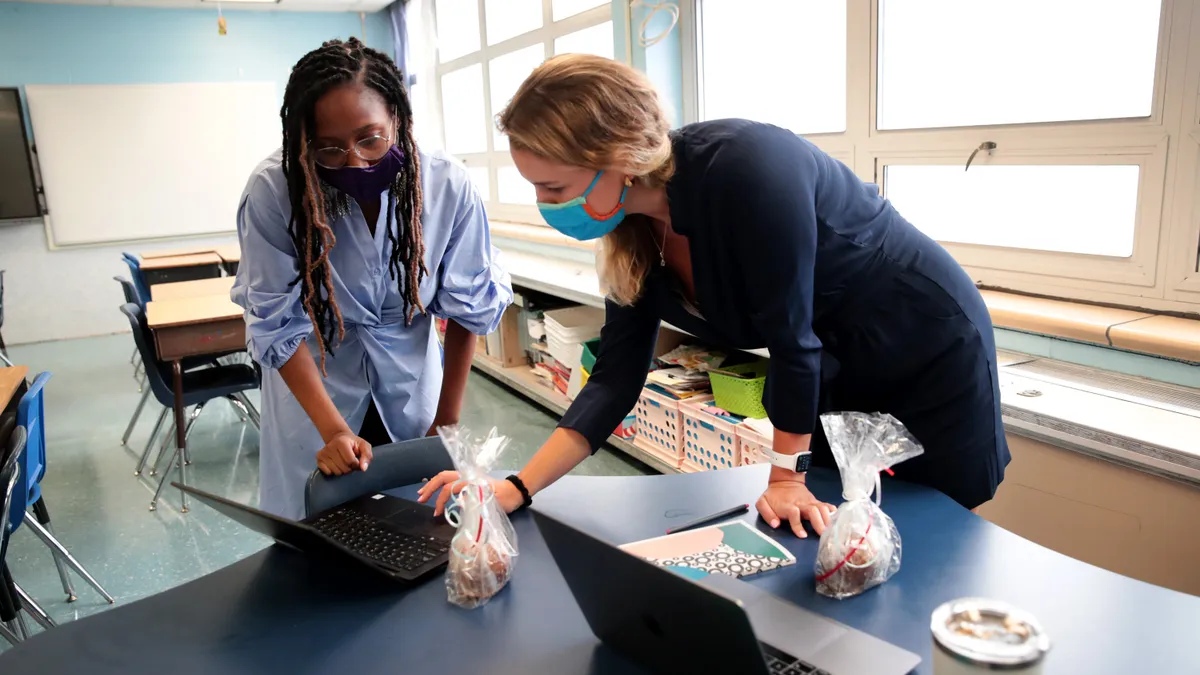The National Registered Apprenticeship in Teaching Network announced its launch last week in an effort to connect states that are exploring registered teaching apprenticeships approved by the U.S. Department of Labor to address educator shortages.
The nonprofit National Center for Grow Your Own created the network, which already has seven states participating, including California, Florida, Missouri, North Dakota, Texas, West Virginia and Wyoming, according to a statement by the organization. Together, members will discuss the design and implementation of registered apprenticeship programs in teaching to help shape policy and provide feedback to the Department of Labor.
The launch of the network points to an emerging interest in using teaching apprenticeships and grow-your-own models as a tool to combat teacher shortages.
“I am inspired by these states and their leadership in addressing educator shortages," said David Donaldson, founder of the National Center for Grow Your Own, in a statement. "I am excited to see registered apprenticeships in teaching spread across the country as one potential solution to ensuring every student has not only the teacher they need, but deserve."
This new effort follows Tennessee becoming the first state to launch a permanent registered teacher apprenticeship program approved by the Department of Labor in January. The Tennessee apprenticeship program is a partnership between Austin Peay State University and Clarksville-Montgomery County School System.
While the DOL recently backed this program, the apprenticeship has been running for more than three years. Support from the DOL can also open federal funds that haven’t been available to similar programs in the past.
While there isn’t much data available on the outcomes of grow-your-own apprenticeships, Tennessee Education Commissioner Penny Schwinn said in an April webinar that the Clarksville-Montgomery district was set to completely eliminate its teacher vacancies.
“Not only is it having really well-trained teachers who understand the district culture and climate, the expectations,” Schwinn said during the webinar, “but they’re able to have a much broader pool to select from and make really smart decisions about who needs to be in which classroom.”












